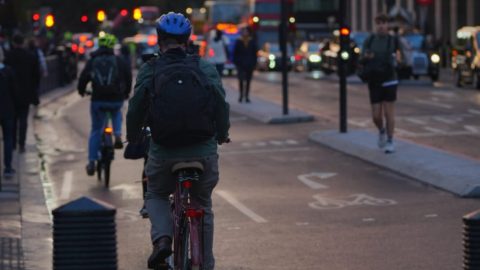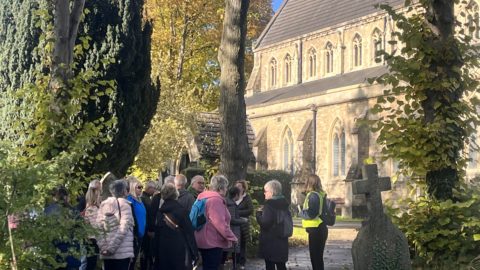Low Traffic Neighbourhoods and Population Health
-
Government announces £2.5m funding for active travel, including £500k for Modeshift
/ Modeshift News, Modeshift STARS, Funding for Active Travel, top
Trudy Harrison MP, Active Travel Minister at the Department for Transport, has announced £2.5 million additional revenue funding for...
-
Modeshift TravelWise & STARS Events 2024
/ Modeshift News, Business Conference, Modeshift events, Modeshift STARS Education Conference & School awards, Modeshift TravelWise & STARS Business Conference, National Awards, STARS, top
Modeshift TravelWise & STARS Events 2024 Six weeks to go! 2024 is shaping up to be a busy year...
-
Top Tips – Cycling Safely on the roads in winter
/ Modeshift News, Modeshift STARS, cycling in winter, The Bikeability Trust, top, top tips
Top Tips – Cycling Safely on the roads in winter Winter is upon us, and cold weather and shorter...
-
Black History Month 2023 – Celebrating our Sisters
/ Modeshift News, black history month, top, TravelChampion
Modeshift will be introducing an inspiring Travel Champion each week throughout Black History Month to celebrate the Sheroes past...
-
Modeshift TravelWise & STARS Business Conference 2023: Speaker Spotlight
/ Modeshift News, Beyond Logic Consulting, Business Conference, event, Modeshift, Modeshift STARS, Tony Duckenfield, top, TravelWise, York
Modeshift TravelWise & STARS Business Conference 2023: Speaker Spotlight As our Modeshift TravelWise & STARS Business Conference 2023 approaches,...
-
Team Modeshift Events Calendar – January 2023
/ Modeshift News, Modeshift STARS, Team Modeshift Events, January 2023, Team Events Calendar, top
We are delighted to share Team Modeshifts Event Calendar for January 2023, this can be downloaded below and...
-
Swindon patients trial new railway trail
/ Modeshift News, active travel, GWR Customer and Community Improvement Fund, patients, railway trial, Swindon, top, walking
Swindon patients trial new railway trail Patients from three Swindon GP practices have tested out a short walking trail...
-
Walking Bubble Resources – News from Brightkidz
/ Modeshift News, Brightkidz, Modeshift STARS, walking, walking bubbles
Schools may be closed to most but many of us in the sustainable travel sector are busy planning ahead...















